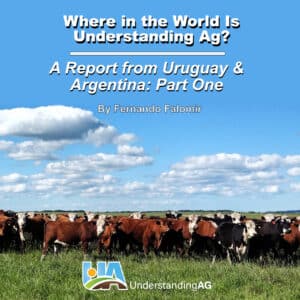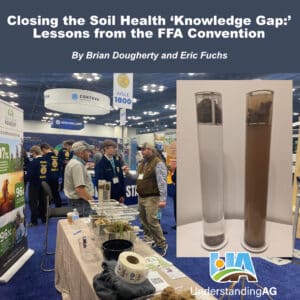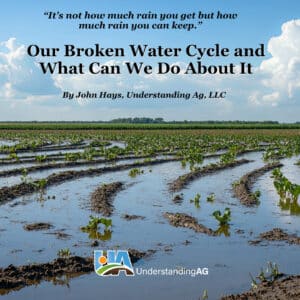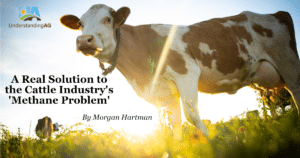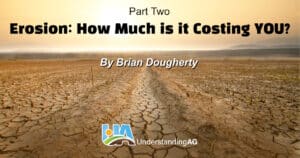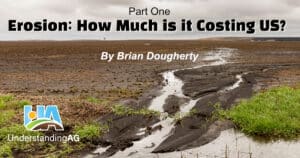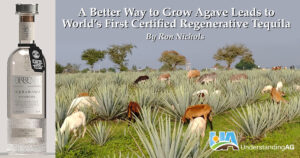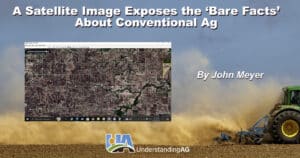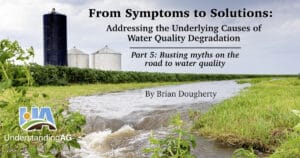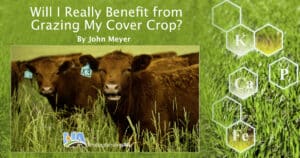From Our Experts
“When I was a young kid, my grandfather had a painting of a Gaucho riding a horse at full gallop chasing down a cow in the Patagonia Steppe. The Gaucho was swinging a set of ‘boleadoras; above his head, which is the traditional tool to help them wrangle cattle. Ever since I first saw that painting, […]
Read MoreWe recently had the privilege of attending the National Future Farmers of America convention in Indianapolis, Indiana to represent Understanding Ag. Mingling with a sea of over 70,000 kids wearing the classic blue and gold FFA jackets with their home states emblazoned across the back is an unforgettable experience. It brought back memories of my […]
Read More“It’s not how much rain you get but how much rain you can keep.” As I write this in late Oct 2024, we have had no measurable rainfall for the entire month here in west-central Indiana. If you look at the August-through-October total rainfall here, we have not been this dry since 2010, and we’ve […]
Read MoreThe headline in The Washington Post article, published August 25, 2024, proclaimed “Scientists may have found a radical solution for making your hamburger less bad for the planet.” The article, written by Shannon Osaka and Emily Wright, examined research currently being conducted at the University of California-Davis using gene editing techniques on rumen microbes to […]
Read MoreIn part one, I outlined some of the societal challenges linked to soil erosion and poor soil function. Now let’s take a look at some of the economic costs and benefits of addressing erosion on farms and ranches. To determine the cost of erosion, first we must assign a value to soil. In truth, topsoil […]
Read MoreSoil erosion has been one of the most persistent challenges humanity has faced since the advent of agriculture over 10,000 years ago. Loss of productive capacity of the supporting land base contributed to the collapse of numerous civilizations during that time. Poor grazing practices and tillage were the main causes of land degradation historically and […]
Read MoreLife is short so embrace change.” That’s the “distilled” philosophy Rodrigo Mestas brings to his tequila business, his regenerative agriculture management style and his outlook on life. In the acres he’s transitioned to regenerative agriculture, Mestas allows naturally occurring cover crops to emerge between the rows of the agave, and then grazes livestock- including […]
Read MoreI pulled this image up on GoogleEarth yesterday. The photo below shows an area 12.5 miles wide, by 6.5 miles vertically, much of it in Rock Dell Township, Minnesota where our farm is. Hayfield is in the upper left-hand corner. The green area in the middle is along Hwy 30, and at the top is […]
Read MoreIn Part Four, I discussed the importance of keeping living roots in the soil and avoiding overapplication of nutrients at the wrong time. In this final post I will examine nitrogen sourcing options and how plants acquire nutrients in a healthy soil. To understand what the ‘right source’ of nitrogen is, we first need to […]
Read MoreGod designed the world to function as a perpetual motion machine. If done right, it should always be building fertility, not extracting it. But you have to understand the principles of soil health, and the four ecosystem processes, in order to achieve that outcome. While many individuals are content with simply “growing a cover crop” […]
Read More
